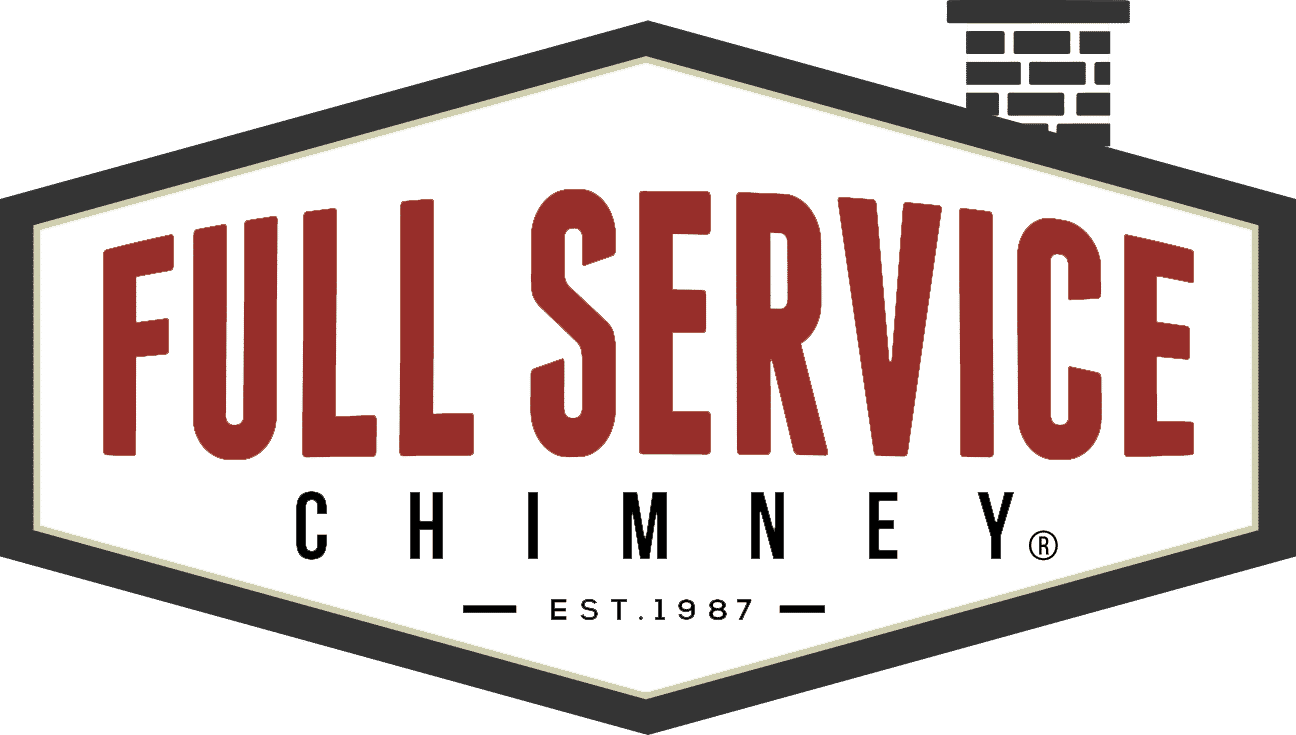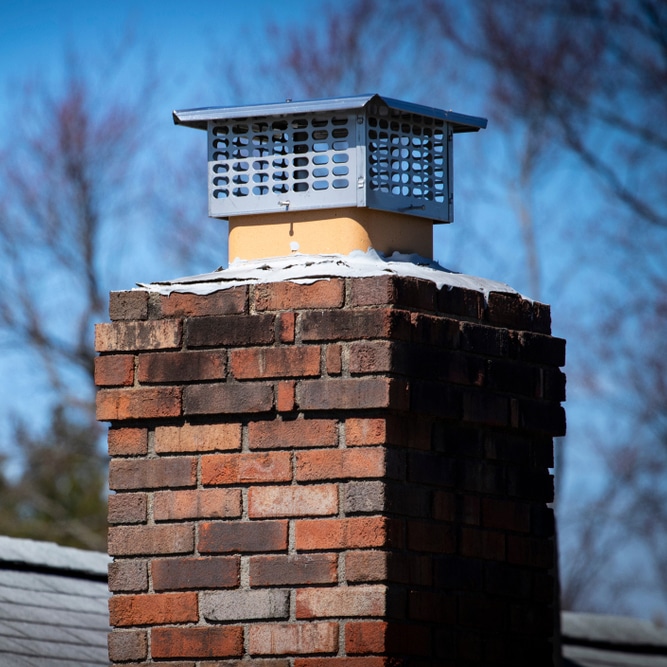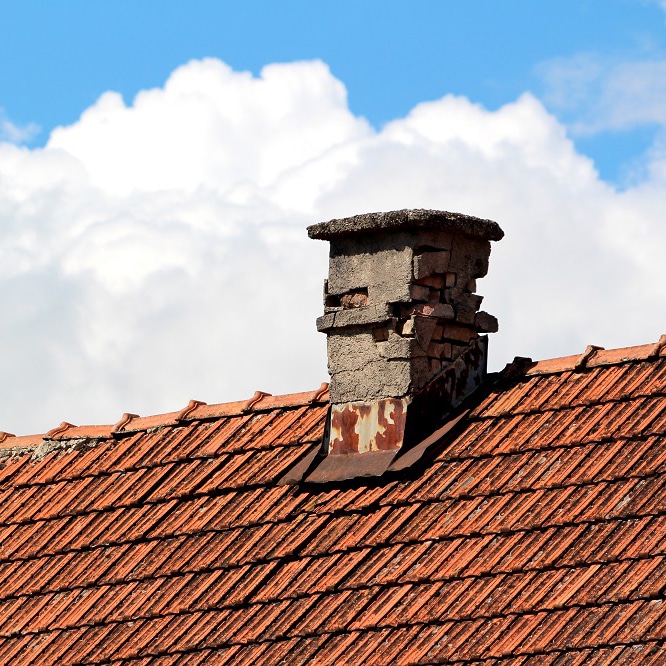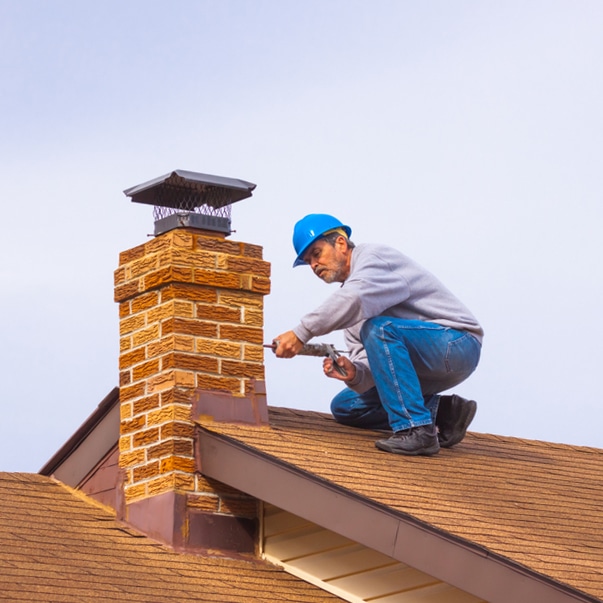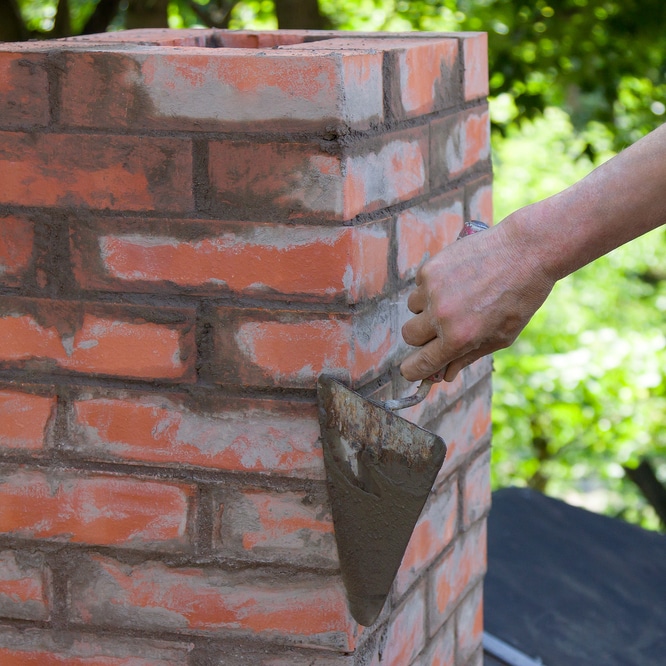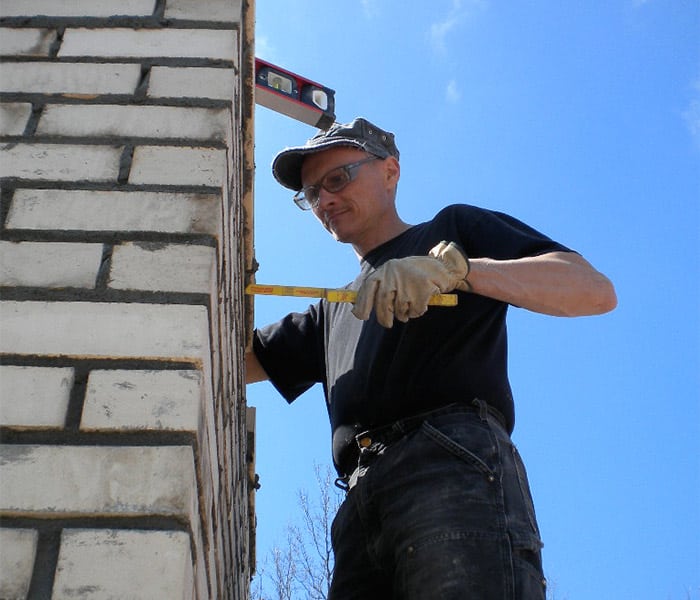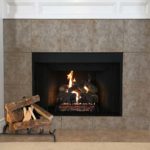Ensuring the safety and efficiency of your fireplace or heating system is of utmost importance for every homeowner. One critical aspect of achieving this is chimney masonry repair. Chimney masonry refers to the bricks and mortar that construct the chimney, providing structural support and facilitating the venting of harmful gases from your home.
However, this masonry can suffer wear and tear over time due to various factors, leading to potential hazards and reduced efficiency. In this comprehensive article, we will explore common signs of chimney masonry damage, understand why these issues occur, and learn how to spot them early to ensure timely repairs and the longevity of your chimney.
Understanding Chimney Masonry
Chimneys are not merely decorative elements but essential components that play a vital role in the safety and functionality of fireplaces and heating systems. The chimney masonry acts as a strong and durable enclosure, guiding the byproducts of combustion safely out of your home. Typically built with bricks and sturdy mortar, the chimney must withstand harsh weather and continuous usage.
Bricks used in chimneys are specially designed to endure high temperatures without losing their integrity, ensuring the safety of your home. Conversely, mortar acts as the adhesive that holds the bricks together, forming a tight seal against external elements. Together, bricks and mortar provide the necessary structural support to keep your chimney standing tall and performing efficiently.
Why Chimney Masonry is Prone to Damage
Despite their resilience, chimney masonry faces challenges that can lead to deterioration over time. One of the primary culprits is exposure to weather elements. Rainwater can penetrate the porous surface of bricks, while freezing temperatures can cause water trapped within the bricks to expand, leading to internal pressure and eventual damage to the brickwork. The cycle of freezing and thawing exacerbates this process, causing bricks to crack or spall.
Additionally, the chimney’s age plays a significant role in its deterioration. As the chimney ages, the mortar joints can weaken, allowing water to seep in and accelerate the degradation process. Moreover, poor construction or design flaws can contribute to structural problems manifesting as chimney masonry damage.
We Are Kansas City’s Chimney Masonry Repair Experts!
Common Signs of Chimney Masonry Damage
Regular maintenance and professional chimney inspections are essential to address these issues early on, preventing extensive damage and costly repairs in the future. Timely intervention can help maintain the chimney’s structural integrity and ensure its optimal performance. Here are some common signs that you might need chimney masonry repair.
Cracks in the Brickwork
Cracks in the brickwork are one of the most visible and recognizable signs of chimney masonry damage. They can appear as horizontal, vertical, or stair-step patterns on the exterior surface of the chimney. Horizontal cracks may indicate more serious issues and should be inspected promptly by a professional chimney mason.
To spot cracks, stand back and visually inspect your chimney from a distance. Take note of any irregularities in the brickwork. Use binoculars for a closer examination, paying attention to fine cracks that may not be apparent from the ground.
It is essential to distinguish between cracked bricks and cracked mortar joints. Cracked bricks compromise the chimney’s integrity and should be addressed immediately. On the other hand, cracked mortar joints are relatively easier to repair and typically involve repointing—removing, and replacing damaged mortar with fresh mortar.
Spalling Bricks
Spalling refers to the chipping, flaking, or breaking apart of bricks’ surface. Spalling bricks can appear rough, with pieces of the brick coming off and exposing the inner, more porous layers. This is often caused by moisture getting trapped within the bricks and then freezing, leading to internal pressure and eventual deterioration of the brick surface.
To identify spalling bricks, carefully examine the exterior surface of your chimney. Look for areas where the bricks appear to be crumbling or have rough patches. Spalling bricks are not only unsightly but can also compromise the structural integrity of the chimney.
If you notice spalling bricks, addressing the issue promptly is essential. Spalled bricks should be replaced to prevent further deterioration and potential hazards. A professional chimney mason can help determine the extent of the damage and recommend the appropriate repair measures.
Crumbling or Deteriorating Mortar
Mortar is crucial in holding the bricks together, forming a cohesive and solid chimney structure. However, due to its composition, mortar is more susceptible to degradation than bricks. Over time, exposure to weather elements and temperature fluctuations can cause the mortar to deteriorate.
To check for crumbling or deteriorating mortar, visually inspect the mortar joints between the bricks. If you notice gaps or areas where the mortar has eroded, this is a sign of chimney masonry damage that requires attention. Weakened mortar joints compromise the chimney’s structural integrity and can lead to brick misalignment, further exacerbating the problem.
To address deteriorating mortar, a process called repointing is commonly used. Repointing involves removing and replacing the damaged mortar with fresh mortar to restore the chimney’s stability. It is essential to hire a skilled professional for repointing, as proper techniques and materials are crucial to ensure the longevity of the repairs.
Leaning or Tilting Chimney
A leaning or tilting chimney is a serious issue that requires immediate attention from a professional chimney mason. A chimney should stand tall and upright, securely attached to the structure of your home. If you notice your chimney leaning away from the house or tilting to one side, it could signify significant structural problems.
Leaning chimneys are often caused by foundation issues, ground settling, or water damage. Whatever the cause, a leaning chimney poses a considerable safety risk and should not be ignored. Continuing to use a chimney in this condition may lead to further damage, potential collapse, and endangering the occupants of your home.
If you suspect a leaning or tilting chimney, immediately contact a professional chimney mason to assess the situation and recommend the appropriate course of action. Addressing the problem as soon as possible can prevent costly repairs and protect your home’s and its occupants’ safety.
Regular Inspections Can Limit Chimney Damage
Conducting a thorough exterior inspection is essential to identifying chimney masonry damage. Start by standing back and visually inspecting your chimney from a distance. Look for any visible cracks, spalling bricks, or signs of leaning. Take note of any irregularities in the brickwork or mortar joints.
Using binoculars can provide a closer view of hard-to-see areas, allowing you to spot finer cracks or signs of deterioration. Pay close attention to the chimney’s top and crown, as these areas are particularly vulnerable to water damage.
Look for discoloration or white stains on the brickwork, as these can indicate efflorescence—a crystalline deposit left behind by evaporating water carrying minerals from within the masonry.
The Importance of Interior Chimney Inspections
While an exterior inspection can provide valuable information, the chimney’s interior is equally important to assess. Examine the fireplace and the interior of the chimney for signs of water leaks, discoloration, or flaking. These can be indicators of chimney masonry damage and provide valuable insights into the extent of the problem.
Check for signs of water entry, such as water stains or dampness around the fireplace. Water leaks can significantly contribute to chimney masonry damage and should be addressed promptly.
If you are uncertain about conducting an interior inspection, hiring a professional chimney sweep or chimney inspector is recommended. They have the expertise and tools to thoroughly assess the interior of your chimney and identify any issues that require attention.
Masonry Damage Stands No Chance Against Our Technicians!
Addressing Chimney Masonry Issues
If you notice any chimney masonry damage during your inspection, the next step is to address the issues promptly and appropriately. The necessary measures will depend on the severity of the damage and the specific problems detected.
DIY Repairs for Minor Issues
You may consider DIY repairs for minor chimney masonry issues, such as small cracks or minimal mortar erosion. Before attempting any repairs, remember that this should only be done if you have basic masonry skills and feel confident in your abilities. Safety is paramount, and doubts about your capabilities should prompt you to seek professional assistance.
For DIY repairs, you will need the appropriate tools and materials. Mortar mix, trowel, masonry brush, and safety equipment are typically required for minor repointing or patching work. Before beginning the repair, thoroughly clean the affected area and remove any loose debris.
If you notice cracks in the mortar, you can use a ” tuckpointing ” process to repair them. Tuckpointing involves removing the damaged mortar to a specific depth and then applying fresh mortar of a contrasting color to match the original appearance.
When replacing damaged bricks, use bricks designed for use in chimneys. These bricks are designed to withstand high temperatures without compromising the chimney’s integrity. Remove the damaged bricks carefully, preserving surrounding bricks and mortar as much as possible, and install the new bricks with fresh mortar.
Hiring a Professional Mason for Major Repairs
For major chimney masonry repairs or structural concerns, it is advisable to seek the expertise of a professional chimney mason. Attempting complex repairs without the necessary skills and knowledge can lead to further damage and pose safety risks.
Professional chimney masons have the training, experience, and specialized tools to assess the chimney’s condition accurately. They can identify the root causes of chimney masonry damage and recommend the most appropriate solutions.
When hiring a professional, look for a reputable chimney service company with a track record of providing high-quality work. Full Service Chimney is a trusted and reliable company that offers comprehensive chimney repair services. Their team of skilled chimney masons can effectively address various chimney masonry issues, ensuring your chimney remains safe, efficient, and in excellent condition.
Full Service Chimney is Kansas City’s Top Chimney Masonry Repair Company
Understanding the common signs of chimney masonry damage is crucial for ensuring the safety and efficiency of your chimney and fireplace. By spotting these issues early and addressing them promptly, you can prevent further damage and extend the lifespan of your chimney.
Chimney masonry is the backbone of your chimney structure, providing stability and safety. However, it is prone to wear and tear due to various factors, including weather exposure and age. Regular inspections and preventive measures can significantly contribute to the longevity of your chimney and its optimal performance.
Full Service Chimney is your trusted partner for professional chimney masonry repair services. With their skilled team of chimney masons and commitment to excellence, they provide comprehensive solutions to address a wide range of chimney issues.
Remember to prioritize regular maintenance, cleaning, and inspections to keep your chimney in optimal condition for years. Proper care and attention will protect your investment and ensure the safety and comfort of your home for you and your family. If you are ready to schedule an appointment in the Kansas City area, call us at (913) 642-6171 or contact us!
